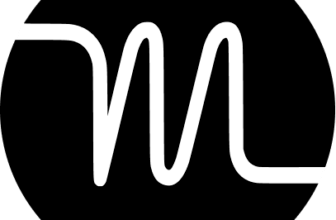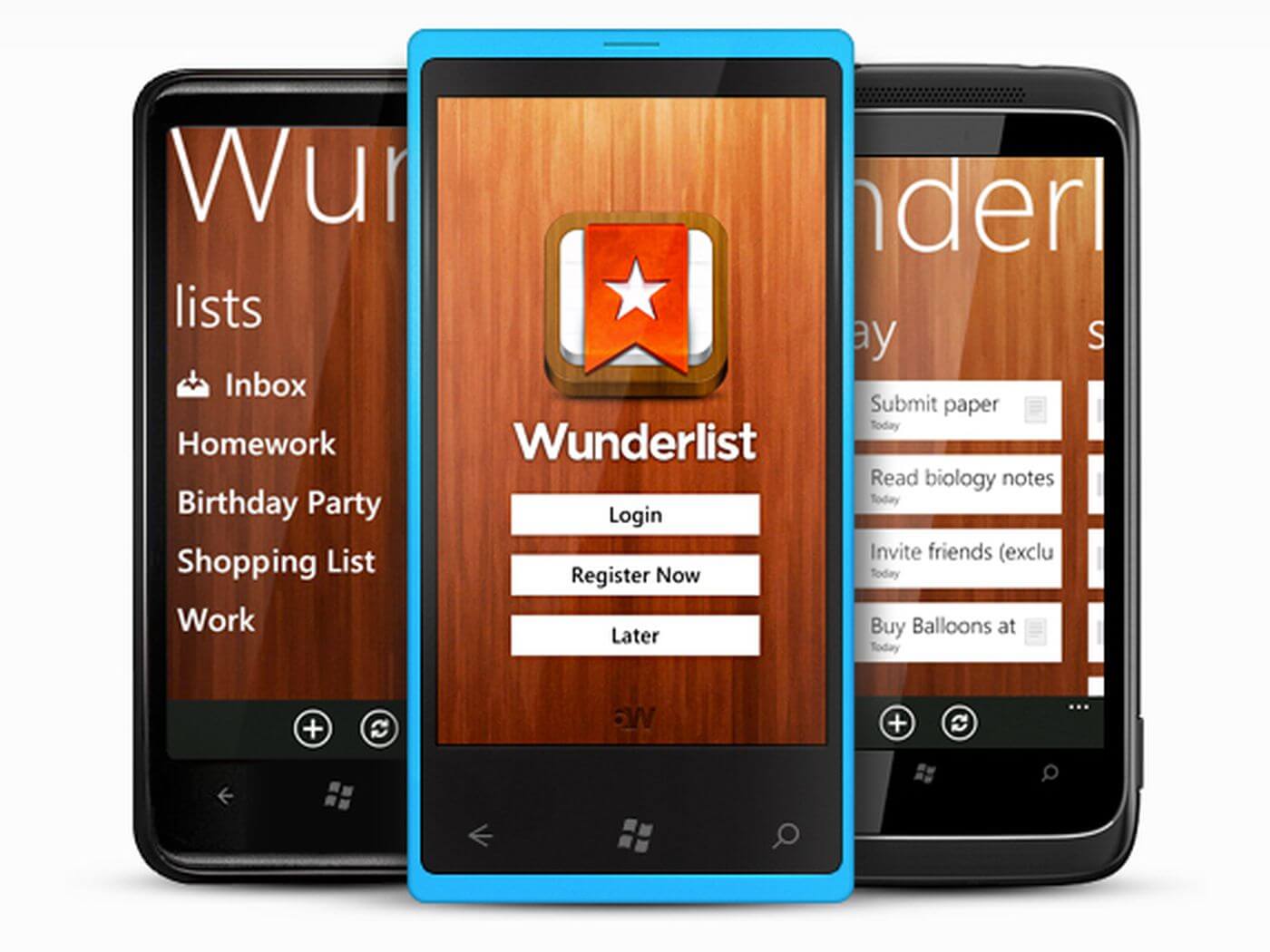
Introduction: A Glimpse of Wunderlist’s Beginnings
In the fast-moving world of productivity apps, few tools captured users’ hearts like Wunderlist. It wasn’t just another task manager; it was a game-changer. Simple, elegant, and effective, Wunderlist helped millions stay organized without the complexity of traditional project management software.
But, like many tech success stories, its journey wasn’t without twists and turns. From its meteoric rise to its unexpected downfall, Wunderlist’s story is one of innovation, corporate acquisition, and a shift in the productivity landscape.
This article takes you through the rise and fall of Wunderlist, how it revolutionized task management, why it gained a massive following, and ultimately, what led to its shutdown. By understanding its journey, you’ll gain valuable insights into the evolution of productivity apps and how modern alternatives continue to shape the way we work.
👉 Want to explore the best to-do list apps available today? Check out this list of top-rated task management tools.
2011: The Birth of a Game-Changer
Back in 2011, task management tools were either too basic or too complex. There wasn’t a perfect middle ground until Wunderlist came along.
Berlin-based startup 6Wunderkinder introduced Wunderlist with a clear mission: make task management effortless for everyone. Its clean, minimalist interface and easy-to-use features made it stand out in a crowded market.
What Made Wunderlist Special?
✅ Cross-Platform Syncing – No matter where you worked, smartphone, tablet, or desktop, your tasks were always up to date.
✅ Simple Yet Powerful – Unlike bulky project management tools, Wunderlist focused on ease of use without sacrificing functionality.
✅ Intuitive Design – The app was built to feel like a digital notepad, making it instantly familiar and accessible.
A New Approach to Task Management
Instead of overloading users with features, Wunderlist focused on simplicity. This approach resonated with a wide audience, from professionals managing work projects to students organizing homework.
At the time, few tools matched Wunderlist’s ability to strike the perfect balance between usability and power. While apps like Microsoft Outlook Tasks felt outdated, and Evernote lacked structured task management, Wunderlist offered the best of both worlds.
👉 Looking for a modern alternative to Wunderlist? Microsoft To-Do continues its legacy with enhanced features.
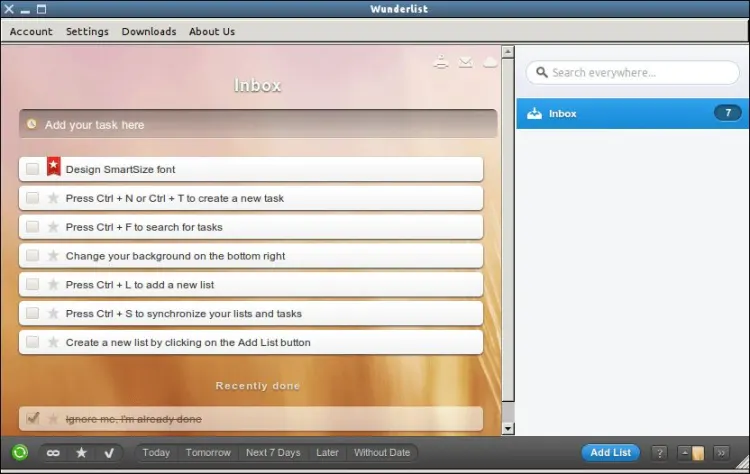
2013: Wunderlist 2 – A Major Leap Forward
With its growing popularity, 6Wunderkinder knew they had to evolve. In 2013, they released Wunderlist 2, introducing new features without losing its core simplicity.
Key Upgrades in Wunderlist 2
📌 Subtasks for Better Organization – Tasks could now be broken down into smaller, manageable steps.
📌 Recurring Reminders – No more missing deadlines, automated reminders kept users on track.
📌 File Attachments – Users could now attach important documents directly to tasks, making collaboration smoother.
This update solidified Wunderlist’s status as a frontrunner in the productivity space. As the app gained traction, it became the go-to task manager for freelancers, students, and professionals alike.
2014: Wunderlist’s Global Expansion & Industry Recognition
By 2014, Wunderlist wasn’t just a popular to-do list app, it had become a global phenomenon. Millions of users relied on it daily, and it received prestigious awards for its simplicity and functionality.
👥 Who Used Wunderlist?
- Professionals – Managing projects, tracking deadlines, and staying on top of priorities.
- Students – Keeping assignments, deadlines, and group projects organized.
- Families & Individuals – From grocery lists to travel planning, Wunderlist became a household name.
As the app gained momentum, big tech companies started to take notice. And one of the biggest players in the industry was about to make its move.
2015: Microsoft’s Acquisition – A Turning Point
Tech giant Microsoft saw the potential in Wunderlist and acquired 6Wunderkinder in 2015. The goal? Integrate its beloved features into Microsoft’s ecosystem.
At first, this seemed like a win. With Microsoft’s resources, Wunderlist could have scaled even further. However, as history would show, this acquisition marked the beginning of the end.
Why Did Microsoft Buy Wunderlist?
💡 Strengthen its Productivity Suite – Wunderlist’s simplicity was a perfect addition to Microsoft’s ecosystem.
💡 Expand Its To-Do Offerings – Microsoft wanted to build a task management app that integrated seamlessly with Outlook, Teams, and OneNote.
💡 Leverage Wunderlist’s User Base – Millions of active users meant instant adoption for Microsoft’s future task management tools.
But as Microsoft began making changes, longtime Wunderlist users grew uneasy.
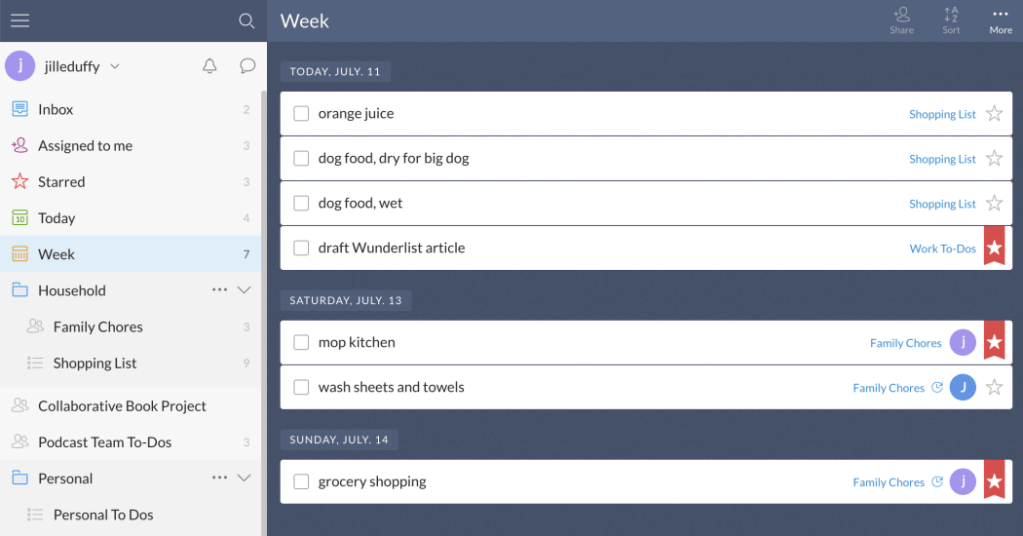
2017: The Beginning of the End
Two years after the acquisition, Microsoft introduced Microsoft To-Do, a brand-new task management app designed to replace Wunderlist.
While Microsoft claimed To-Do was an improvement, many Wunderlist fans weren’t convinced.
What Went Wrong?
❌ Missing Features – Essential Wunderlist functions, like folders, subtasks, and collaboration tools, were either missing or not as intuitive.
❌ Slow Adoption – Many users found Microsoft To-Do clunky compared to the smooth, lightweight feel of Wunderlist.
❌ Forced Migration – Microsoft announced that Wunderlist would eventually be shut down, forcing users to switch to To-Do.
For many, this felt like the death of a beloved app.
👥 Community Reactions:
🚨 “Why fix something that wasn’t broken?” – Many longtime users voiced frustration over the transition.
🚨 “Microsoft To-Do just isn’t the same.” – The new app lacked the simplicity and charm that made Wunderlist special.
🚨 “I need to find an alternative.” – Some users started looking for other to-do list apps instead of adopting Microsoft To-Do.
2019-2020: The Final Goodbye
In May 2020, Microsoft officially shut down Wunderlist, marking the end of an era. Users had no choice but to migrate to Microsoft To-Do or find another solution.
While Microsoft To-Do continued to improve, many users still missed the original Wunderlist experience.
But not all was lost. The legacy of Wunderlist lives on in modern task management apps, with many tools borrowing inspiration from its user-friendly design and seamless syncing capabilities.
👉 Want to explore today’s top alternatives to Wunderlist? Check out the best to-do list apps here.
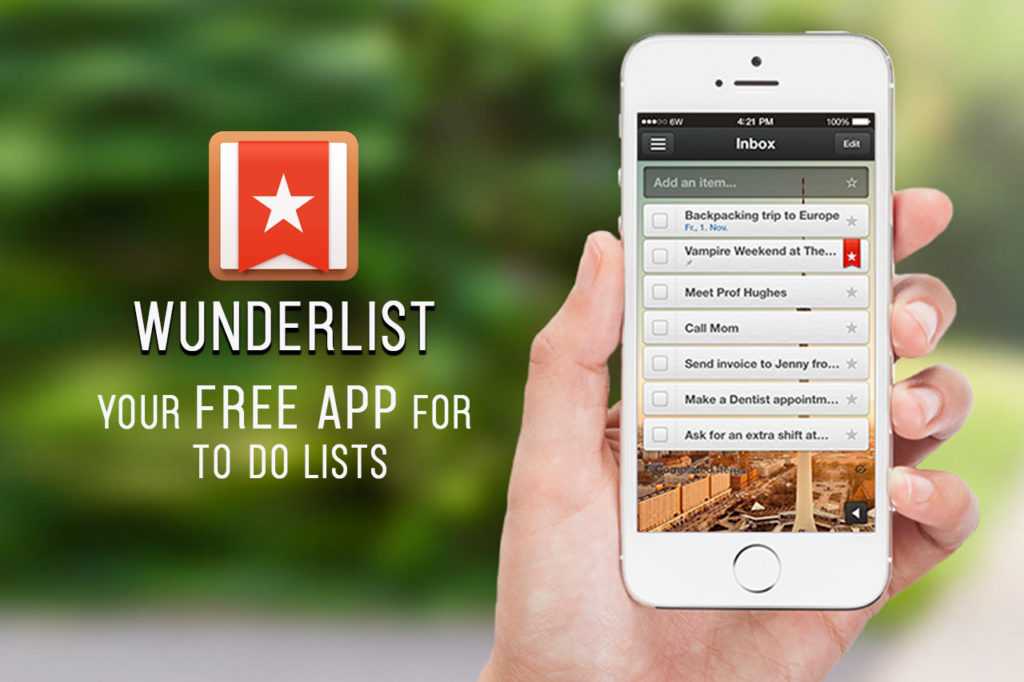
Present and Beyond: Microsoft To-Do’s Evolution
Today, Microsoft To-Do continues to evolve, incorporating user feedback and refining its features to offer a comprehensive task management solution. While the spirit of Wunderlist lives on through Microsoft To-Do’s user-friendly design and cross-platform capabilities, the app reflects the changing landscape of technology and the need for constant innovation. For those interested in exploring Microsoft To-Do and its capabilities, you can access it here, offering a direct experience of how Microsoft has built upon Wunderlist’s foundation.
Legacy of Wunderlist
The Shift to Microsoft To-Do
All was not lost. Microsoft To-Do absorbed many of Wunderlist’s beloved features. For users willing to migrate, it was like moving houses but keeping most of your cherished belongings.
Lessons from Wunderlist’s Journey
Wunderlist’s fall serves as a reminder of the evolving nature of technology and the challenges that come with transitioning from a beloved product to a new iteration. The closure of Wunderlist emphasized the importance of addressing user concerns, ensuring smooth transitions, and preserving the features that made the original app successful.
User-Centric Approach:
Wunderlist’s success was rooted in understanding users’ needs and delivering a product that addressed them effectively.
Innovation and Adaptation:
The fall of Wunderlist underscores the need for innovation and adaptation, even for beloved products. Stagnation can lead to obsolescence.
Conclusion: The Legacy of Wunderlist Lives On
The story of Wunderlist is a powerful lesson in technology, innovation, and business decisions.
✅ User Experience Matters – Simplicity and ease of use can make or break a productivity app.
✅ Tech Acquisitions Don’t Always Benefit Users – Microsoft’s purchase of Wunderlist led to the app’s shutdown, much to users’ disappointment.
✅ The Need for Continuous Innovation – Productivity apps must evolve while staying true to what made them great.
While Wunderlist is gone, its influence is everywhere. From Microsoft To-Do to apps like Todoist and Any.do, the legacy of this once-beloved tool continues to shape the future of task management.
🚀 Looking for the best task management tool for your needs? Explore the latest top-rated to-do list apps here.
FAQS
What made Wunderlist stand out from other to-do list apps?
It offered a clean, intuitive interface with features like cross-platform syncing, subtasks, and collaboration that were ahead of its time.
Why did Microsoft acquire Wunderlist?
Microsoft saw potential in enhancing its productivity ecosystem and aimed to integrate the app’s features into its own tools.
What happened after the Microsoft acquisition?
The original app was eventually phased out and replaced with a new task management tool developed by Microsoft.
Was it possible to transfer tasks to Microsoft To-Do?
Yes, Microsoft provided migration tools to help users move their task lists over, although the transition wasn’t seamless for everyone.
Is there a modern app that feels similar?
Several current task management apps have adopted the same minimalist design and functionality that users appreciated.
Can the original app still be downloaded or used?
No, it was officially discontinued in May 2020 and is no longer available for download or supported on app stores.
Was the tool suitable for team collaboration?
Yes, it supported shared lists and comments, making it a helpful solution for managing group tasks and projects.
Did the app support recurring tasks and reminders?
Absolutely, it allowed users to set repeating tasks and deadline notifications to stay on track.
What platforms was it available on?
It was accessible on iOS, Android, Windows, macOS, and via web browsers, with seamless syncing across all devices.
What lessons did the industry learn from its shutdown?
It highlighted the importance of user trust, product continuity, and the risks involved when popular tools are acquired and discontinued.



